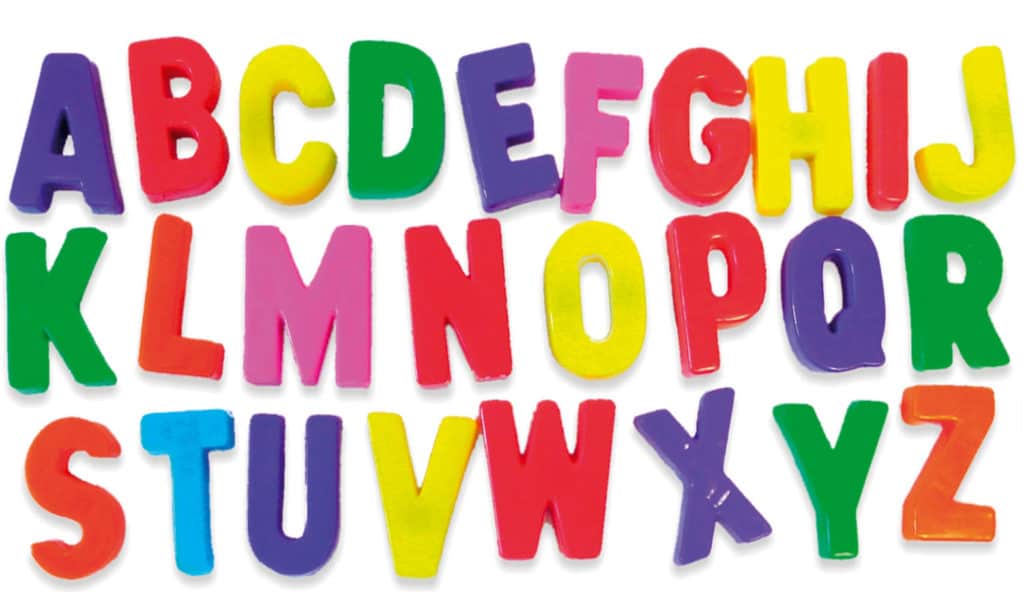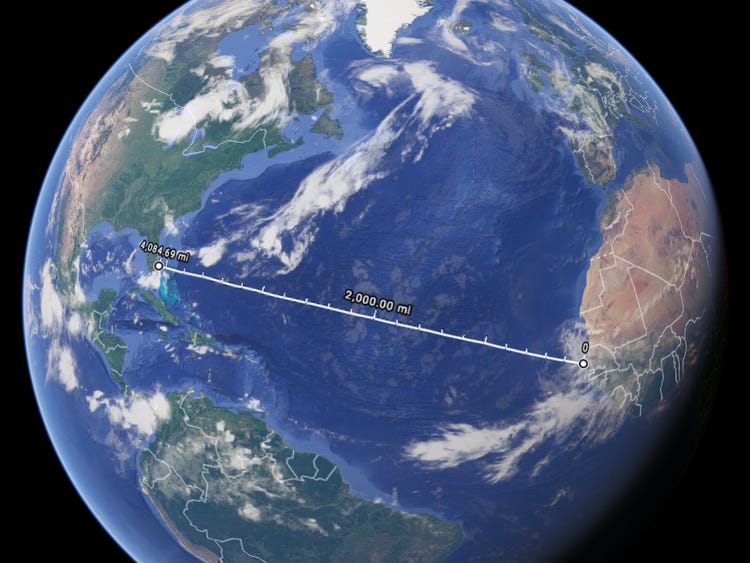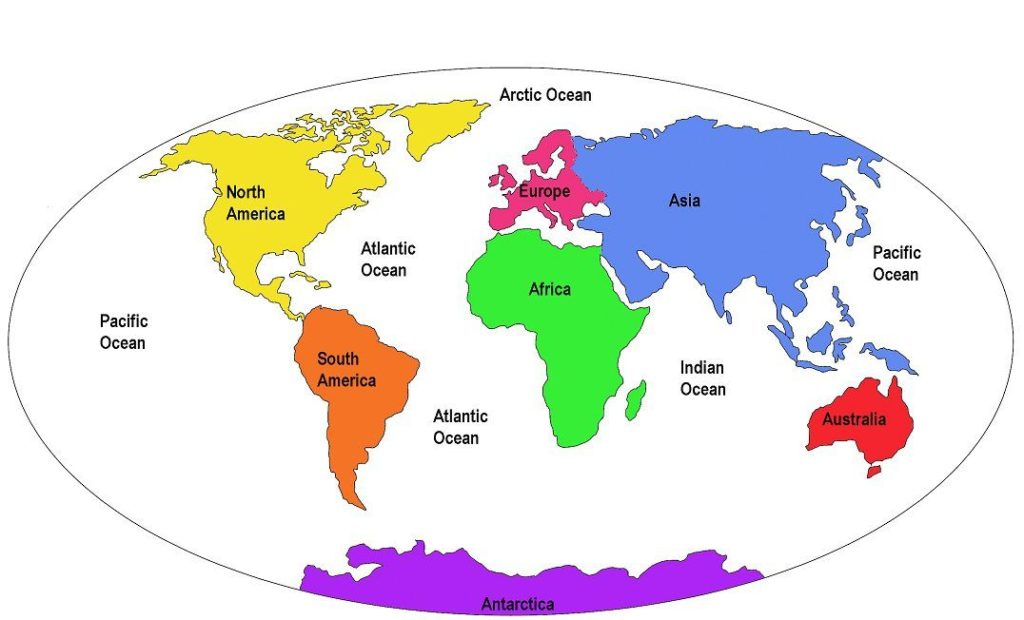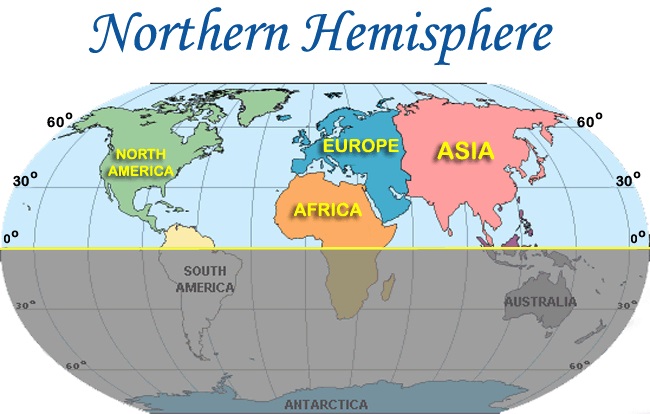
When it comes to surprising facts, there are lots of things in the world we live in that can fit this description. Every now and again we get to learn one new thing that makes us wonder, “how didn’t I know this?”.
Some of these facts can be strange, some can be simple everyday things while some others can really extraordinary. To add to your list of surprising facts that you’ve come across, we will look at 10 such facts below. Hopefully, you would have learnt some new things about the world you live in by the time you are done reading this article.
1. Iceland Has No Mosquitoes

Our first surprising fact is from Iceland. This is a sparsely populated country which has an estimated number of 1,300 species of insects. Yet there are no mosquitoes. So, why is this so, even when there are mosquitoes in the neighboring countries?
According to IWOS (The Icelandic Web of Science), two types of species are found in Greenland, 28 in Britain and Norway, and 41 in the countries that are around the Eastern boundary of Iceland. However, in Iceland, the winter seasons are variable. The climatic changes here are so rapid that mosquitoes do not have enough time to make a complete lifecycle.
For anyone who has had to experience the menace that mosquitos can pose, this country sure sounds like a paradise. Anyway, before deciding to move to Iceland because of the absence of mosquitos, you may want to consider the effect that the severe and highly variable weather conditions there may have on you. If they could practically prevent the existence of mosquitos in the entire region, who knows just what effect they may have on you.
2. The Alphabetical Order Has Stayed the Same Since 900 BCE; Nobody Knows Why it is That Way

Our second item on our list of surprising facts is more of a puzzle than an answer in itself. Have you ever asked yourself why the English alphabet is arranged the way it is? Even if this is not something you’ve thought about before now, it is likely that you’re beginning to wonder too.
Unlike the numerals which follow a logical progressions, the alphabets appear not. What will happen if B came before A and G ended the sequence in place of Z? It won’t affect the sound of the alphabets and so won’t affect spellings of words.
If you were getting excited and hoping to learn why the alphabet is arranged the way it is, then we are sorry because we are going to disappoint you. It’s a fact we want to share. Maybe you can help us with the answer.
3. The Dashed Lines and Spaces Demarcating Highways are Actually Longer than You Think

As you speed through the highway, do you notice the dashed lines and the spaces between them flash by? If you were asked to give a rough estimate of how long you think they are what will be your answer?
Unless you’ve already learnt about this, you are very likely to provide a really wrong answer. In fact, a study was carried out by an Ohio State University assistant professor of psychology named Dennis Shaffer in which participants were asked to estimate the length of these dashed lines and spaces. Majority said 2 feet.
Well, they were not slightly wrong. They were very wrong and here’s by how much they were wrong.
If government regulations are followed (and the researchers confirmed that they were largely followed in the locations used for the study), the dashed lines are 10 feet. So that’s really wrong.
It however does not end there. Remember that there are dashed lines and spaces. It’s only the lines that are 10 feet in length. The spaces are 3 times that. Yes! 3 times that means 30 feet. So a combination of one dashed line and one space will cover about 40 feet.
Just before you say “interesting, but how does that affect me?”, if as a driver speeding down a highway, you thought a 40 feet space was a mere 4 feet, would you say you can depend completely on your sense of distance? Having this information can help you make mental distance adjustments when driving.
4. You Won’t Believe How Much the Costliest Titanic First Class Ticket Would Have Cost in Today’s Dollar

More surprising facts to consider. Did you know that the Titanic cost about $7.5 million to build back in 1912? We almost wrote “just” $7.5 million until we read that in today’s dollars, that will be about $200 million factoring inflation. That’s just the value of the what it cost back then. With the discovery and recovery of the wreckage in 1985, Investopedia states that any attempt to build the exact thing today will cost in excess of $400 million.
Wow! That’s a tidy sum…
So how much will the tickets cost in today’s dollars?
The Titanic offered a wide range of tickets with the lowest being $15 for the lowest 3rd class ticket to $4350 for one of the two exclusive, VIP parlor suites. If $7.5 million in 1912 is roughly valued at $200 million today, then the costliest ticket on the Titanic which was $4350 will be valued at over $100,000 today.
5. Jennifer Lopez’s Dress Inspired the Birth of Google Images

When Jennifer Lopez walked down the carpet at the 2000 Grammy’s it was clear that she intended to cause a stir and a stir she did indeed cause. What she however may not have believed was the extent to which this stir will go.
The green leaf-print dress, which was described by GQ as infamous, was as provocative as any dress could be. It practically left nothing to the imagination.
With millions who did not watch the Grammy’s wanting to know what all the rave about JLOs dress was, they trooped to their searched engines, Google being the foremost, to search for this dress.
This traffic of users searching for an image told the egg heads at Google that there was indeed something here. Thus was born Google’s image search which allows for users to specifically search for images.
Jennifer Lopez can add this to her list of achievements.
6. The United States is Closer to Africa than You May Know

Just in case you didn’t previously know, the only thing that separates the United States of America from the continent of Africa is the Atlantic Ocean. This being the case and since Africa is located to the east of the United States, it will be simple common sense to conclude that the part of the United States closest to Africa is the one that is the one that extends farther east than others.
Following this assumption, the peninsula in the Atlantic ocean known as Singer Island, will be picked as the location in America that is closest to Africa. By the way, Singer Island is in South Florida.
If this was your conclusion, then you will be wrong. Though Singer Island is indeed the Southern-most location in the United States, it is not the closest to Africa. In fact, it is not even the second closest.
The closest point in the United States to Africa is in fact another peninsula off the coast of Maine know as Quoddy Head. From this point to El Beddouza, Morocco is about 3,154 miles. Meanwhile, the distance between Singer Island in South Florida to Africa, Guerguerat in Western Sahara to be precise, is a little over 4000 miles.
So if you decide to take a boat ride from the United States to Africa or the other way, you now know your best route. 🙂
7. You Will be Shocked to Know Just How Big the African Continent is

On our journey through the streets of surprising facts, we’re now in Africa, having taking a boat ride from Maine straight across the Atlantic Ocean 🙂
Now, looking at the world map, you wont really know how large the African continent is. Africa is the second largest and second most populated continent. Asia holds the first position for both title.
To help you really put things in perspective, here’s why this made it to our list of surprising facts. Africa is large enough to contain most of Europe, China, India, Japan and, wait for it…. the contiguous U.S (that is the U.S without Alaska and Hawaii).
So, do not be deceived by the size of Africa on the world map because it’s actually way bigger than that.
8. Sahara is Actually not the Largest Desert

Just before we leave the African continent, we will look at one fact. This is not a case of giving with one hand and taking with the other. We are simply looking at surprising facts right?
Sahara desert is surprisingly not the largest desert. Do we hear you say “that can’t be true?”
Just before you stake your wealth in defense of something you’ve known and believed for years, let’s take a step back and define what a desert is. According to National Geographic, the widely accepted definition or description of a desert is any location that does not receive up to 10cm of precipitation (rain, snow, sheet etc.) in a year.
Given the definition above, areas previously not considered as deserts now qualify. While you will still find many publications, including britannica.com, describing Sahara Desert as the largest desert, it is actually not.
Sahara Desert is the largest subtropical “hot” desert with an area of 9,200,000km2. This size also makes it the 3rd largest desert in general. The largest and second largest deserts are polar deserts.
The largest is the Antarctic Desert with an area of 14,200,000km2 while the second largest is the Arctic Desert with an area of 13,900,000km2
Aside from subtropical and polar deserts, other types include: coastal, rain shadow and interior deserts.
9. 90% of the World’s Human Population is Found in the Northern Hemisphere

Splitting the earth along the equator, we have two halves known as the Northern Hemisphere and the Southern Hemisphere. For reasons that are pretty obvious from the map, more people can be found be found in the Northern Hemisphere.
A look at the map of the world will show that the Southern hemisphere consists largely of water. Though it hosts two full continents, Australia and Antarctica, the later is almost uninhabited. The Antarctica has a population that seasonally goes from about 1000 to a max of 5000. Most of the population is made up of researchers in the research stations located there while the occasional surge is accounted for by occasional cruises to the Antarctic Peninsula.
This leaves Australia and a large chunk of South America which make up the population of this half of the earth put at about 800 million.
With a world population that is almost 8 billion, just about 10% can be found in this Southern hemisphere. So, the Northern hemisphere, that hosts the entire North America, Asia, and Europe, more than half of Africa and a piece of South America, is home to the remaining 90% of the world’s inhabitants.
10. City with the Longest Name – 85 Letters

Some names are quite difficult to pronounced. This however is not difficult to pronounce – its impossible!
This city in New Zealand is named Taumatawhakatangihangakoauauotamateaturipukakapikimaungahoronukupokaiwhenuakitanatahu. That’s 85 letters.
If there ever was a jaw breaker, this is it. Since New Zelanders are nice folk, they’ve been nice enough to give us a shorter version – Taumata, so visitors can say where they are going without breaking their jaws.
It’s been fun bringing these surprising facts to you. Never say we never did anything for you because now, you know some things you did know before now 🙂
We hope you had as much fun as we did bringing this to you. Be sure to check out some of the other content we have for you.
